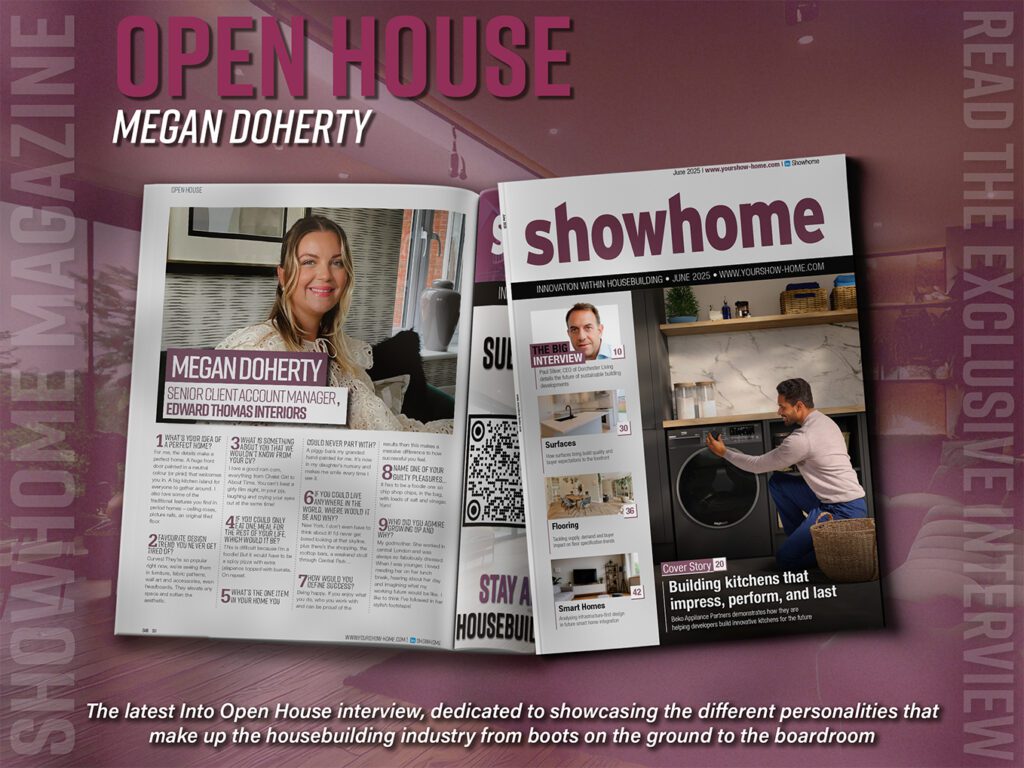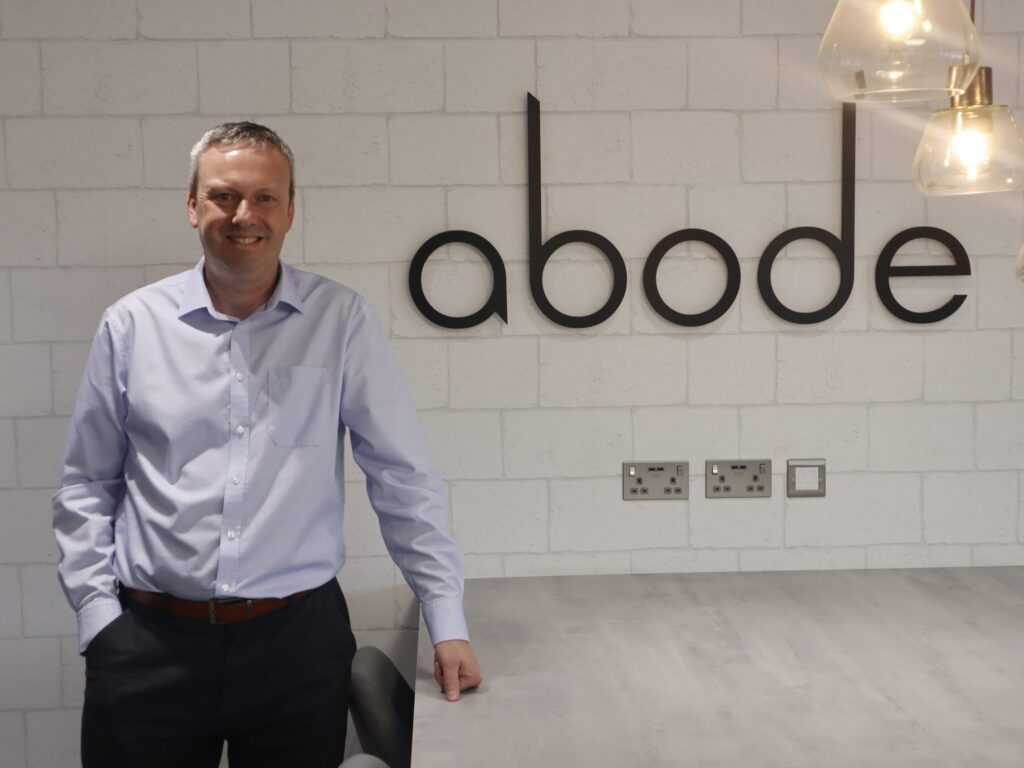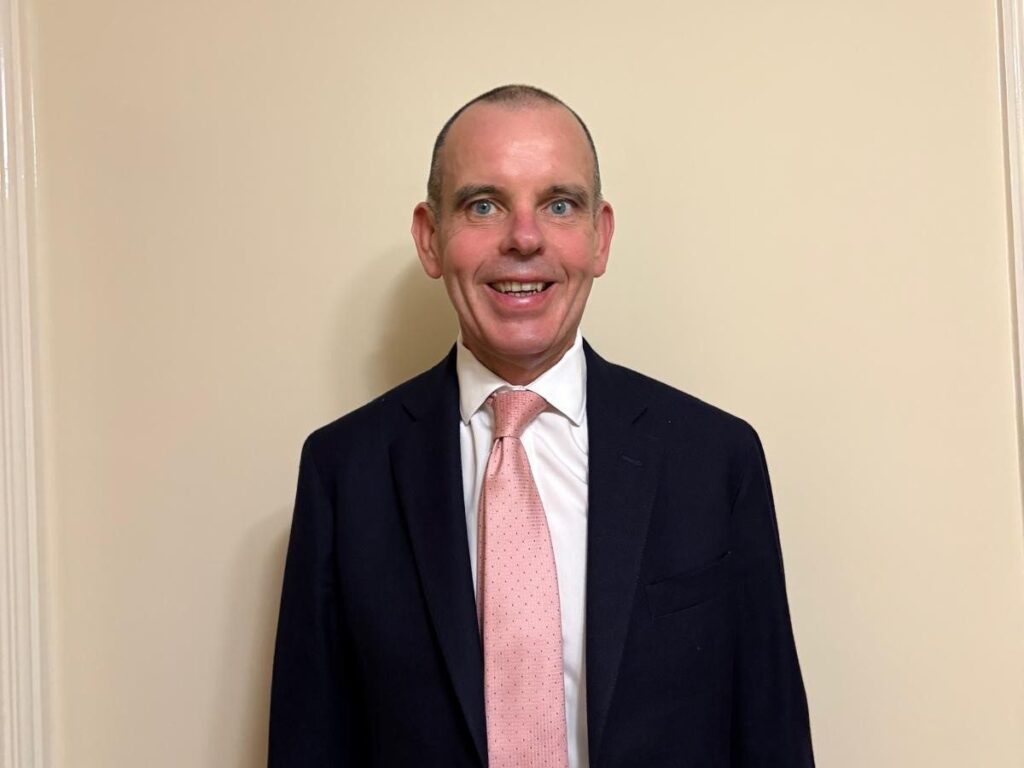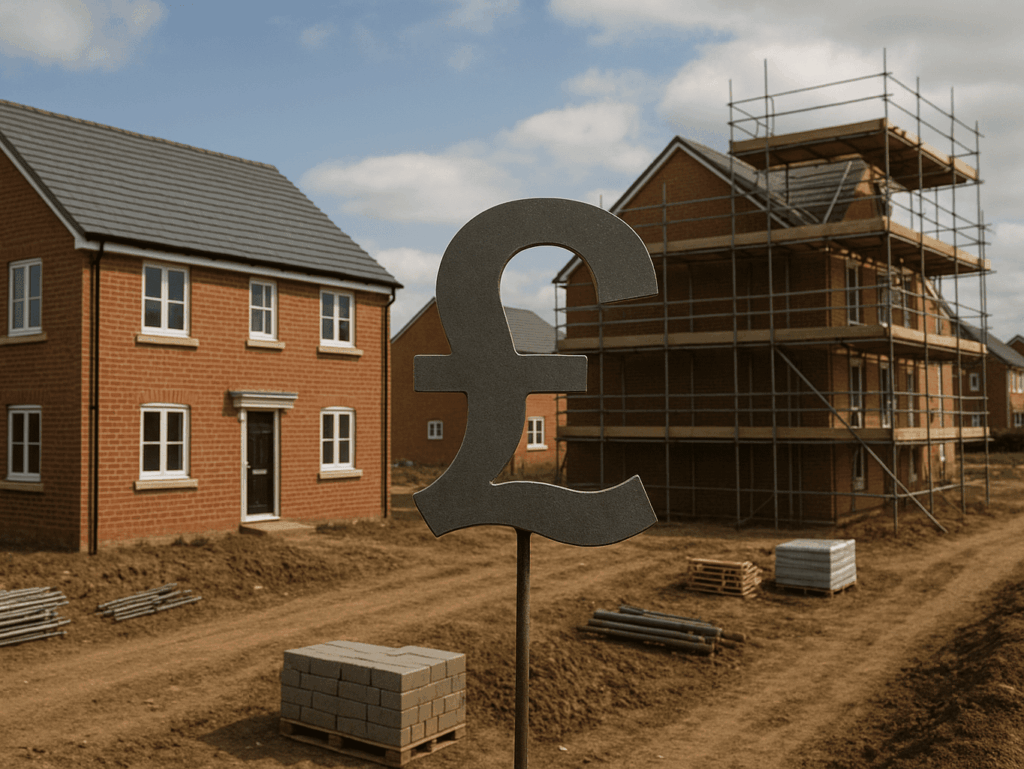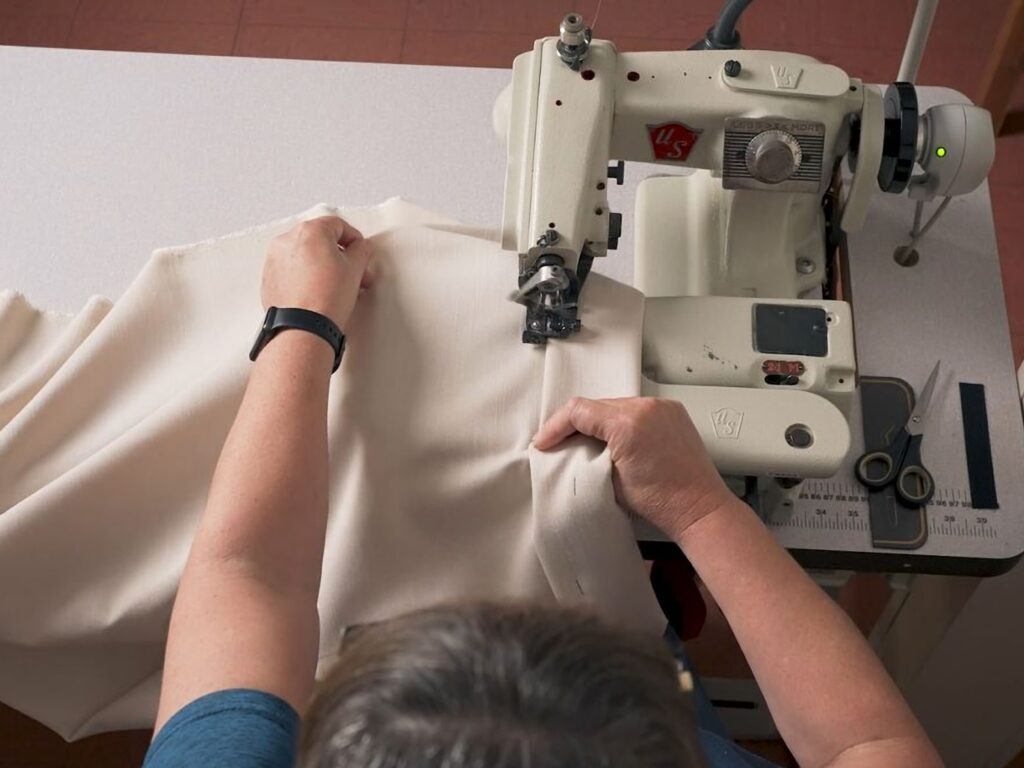Paul Silver, CEO of Dorchester Living, shares his bold vision for placemaking, community regeneration, and building the UK’s first energy-surplus town at Heyford Park
Can you tell us about your role at Dorchester Living and how your background informs your approach to large-scale placemaking?
I set up Dorchester Regeneration in 2003, helping to reposition the business toward new-build developments and establishing its project finance arm, which acted as a joint venture partner to many of the UK’s largest housebuilders. In 2008, we had the opportunity to acquire Heyford Park, a former Royal Air Force (RAF) base in Oxfordshire, from Persimmon and Taylor Wimpey. What started as a bold regeneration vision has since become a thriving community, with 1,200 homes delivered at Heyford Park so far.
Building on that success, we’ve since expanded into Hampshire, where we’re transforming part of the former Prince Philip Barracks at Bordon into a vibrant new neighbourhood. There, we’re delivering 2,400 homes, new schools, green spaces, and extensive community infrastructure as part of one of the South East’s most ambitious regeneration projects.
I was also chosen by Christ Church College in Oxford, as the development partner for a major new community on land north of Bayswater Brook, which was granted planning in October 2024, for one of Oxford’s most ambitious and socially impactful developments, a sustainable neighbourhood which will be a true legacy for Oxford. The scheme received a resolution to grant 1,450 new homes (50% of which is affordable housing), 120 assisted living homes, a new primary school, a new mixed-use local centre and a new landmark pedestrian and cycle bridge crossing the A40.
As you can probably appreciate, large-scale brownfield regeneration is notoriously complex and by no means is it an easy feat. We’re now entering the next chapter at Heyford Park, with a masterplan that sets out an ambitious vision for an additional 9,000 homes, including 30% affordable housing, assisted living options, and dedicated homes for key workers. But it goes far beyond housing. The plans will transform the former runway into a new civic spine, lined with schools, shops, healthcare, and cultural spaces. We’re integrating sustainable transport – including cycle highways, autonomous shuttle buses, and EV charging infrastructure – and investing in infrastructure that supports community health, learning, and enterprise. Crucially, our goal is to make Heyford Park the UK’s first energy-surplus town, powered by a new energy centre combining solar, wind, ground source, and battery technology. It’s a bold vision, but one rooted in the same principles that have guided us from the start: placemaking that’s innovative, inclusive, and built to last.
What lessons have you learned from transforming former RAF Heyford into a new town with lasting potential?
Transforming Heyford Park has taught me the importance of thinking holistically rather than approaching development in isolated phases. By looking at the bigger picture from the outset, we’ve been able to achieve more, think long-term, and create a more cohesive and lasting community.
One key lesson is the importance of investing in infrastructure early on, even when it may not seem immediately viable. Providing for the needs of the community from the beginning lays a strong foundation for long-term value for residents.
I’m a blue-sky thinker and committed to pushing boundaries to create vibrant, enduring places. To do that, it’s essential to bring together the most creative and skilled minds. Without a strong and visionary team, we simply couldn’t have delivered something as ambitious and extraordinary as our masterplan for Heyford. The opportunity here is enormous, and the uniqueness of the project continues to inspire everything we do.
In your view, how can the built environment influence the lives of future generations and what responsibilities come with that?
There’s a massive influence. We set properties back from the road and avoid rigid, structured layouts to create a real sense of spaciousness. We incorporate both small and large parcels of open space where people can walk and socialise. For us, housebuilding is more than just buildings – it’s about creating communities. People make places, so the focus should always be on what makes them thrive.
There’s a huge responsibility on us to deliver on those promises. With a pro-housebuilding Government, this is really a moment to create homes where people can live, play, shop, and access education – enabling future generations to take that first step onto the property ladder.
With Dorchester Group’s Masterplan to deliver 9,000 homes and new infrastructure, how do you ensure ambition doesn’t compromise liveability or environmental integrity?
We have listened to what the community wants, and we are constantly reviewing ourselves to ensure we are delivering a future proof, sustainable place to live for years to come. We take on feedback and look to improve in all areas. For example, recently we conducted a teenage consultation event at Heyford Park to truly understand the needs and aspirations of young people. In response to this, we are now incorporating a pump track and other small accessible amenities such as outdoor table tennis and outdoor table football and outdoor mini libraries. It’s about delivering what people want, meeting the needs of the community, and not packing in housing….







